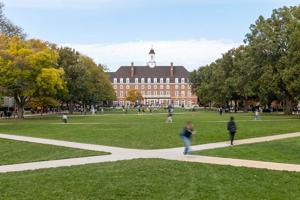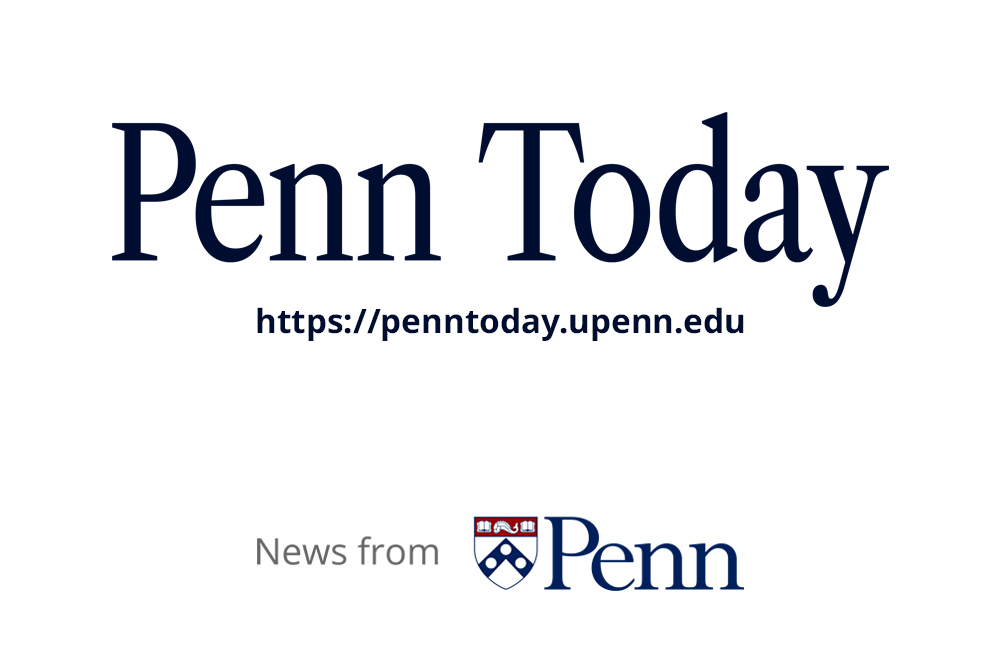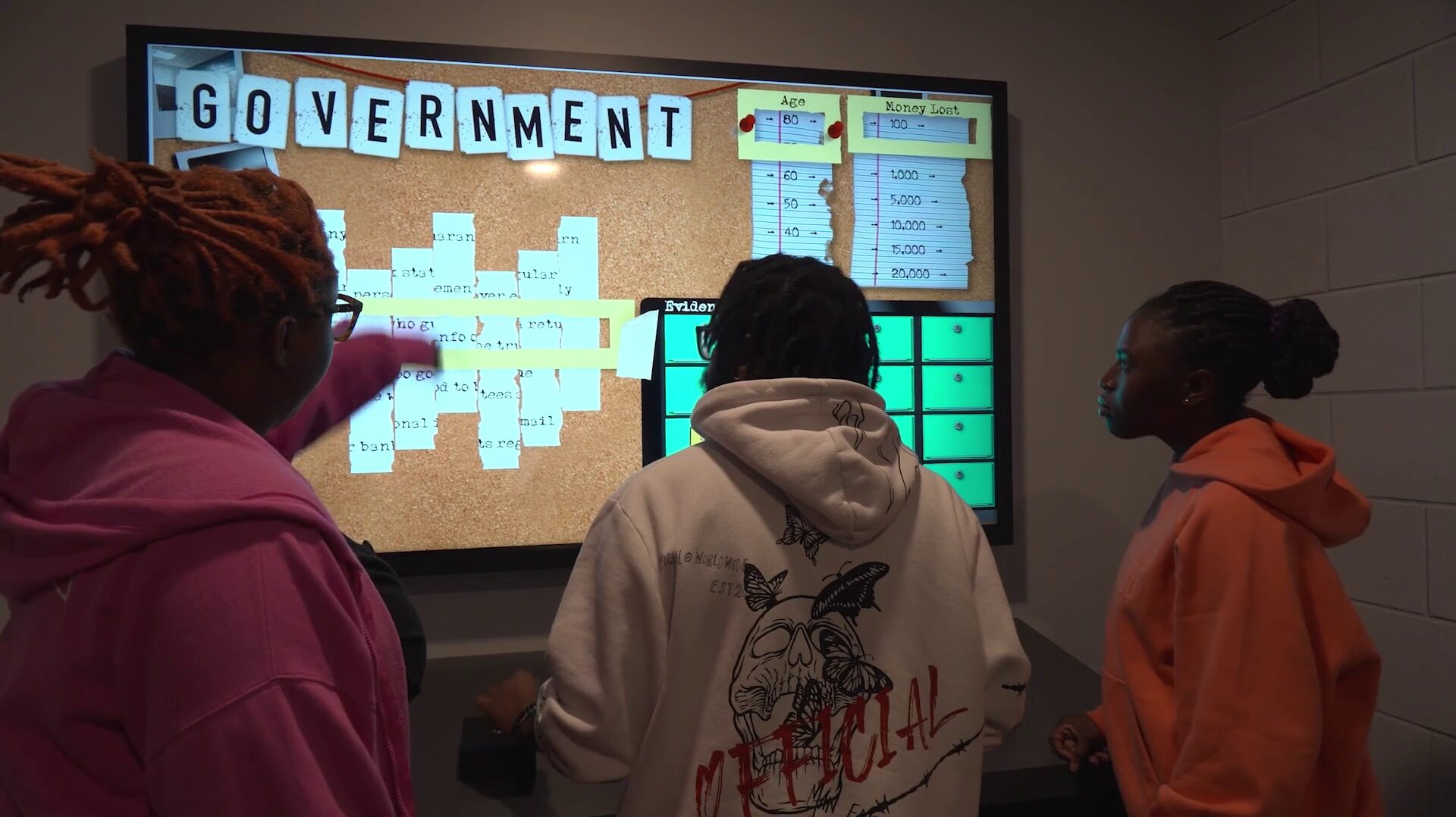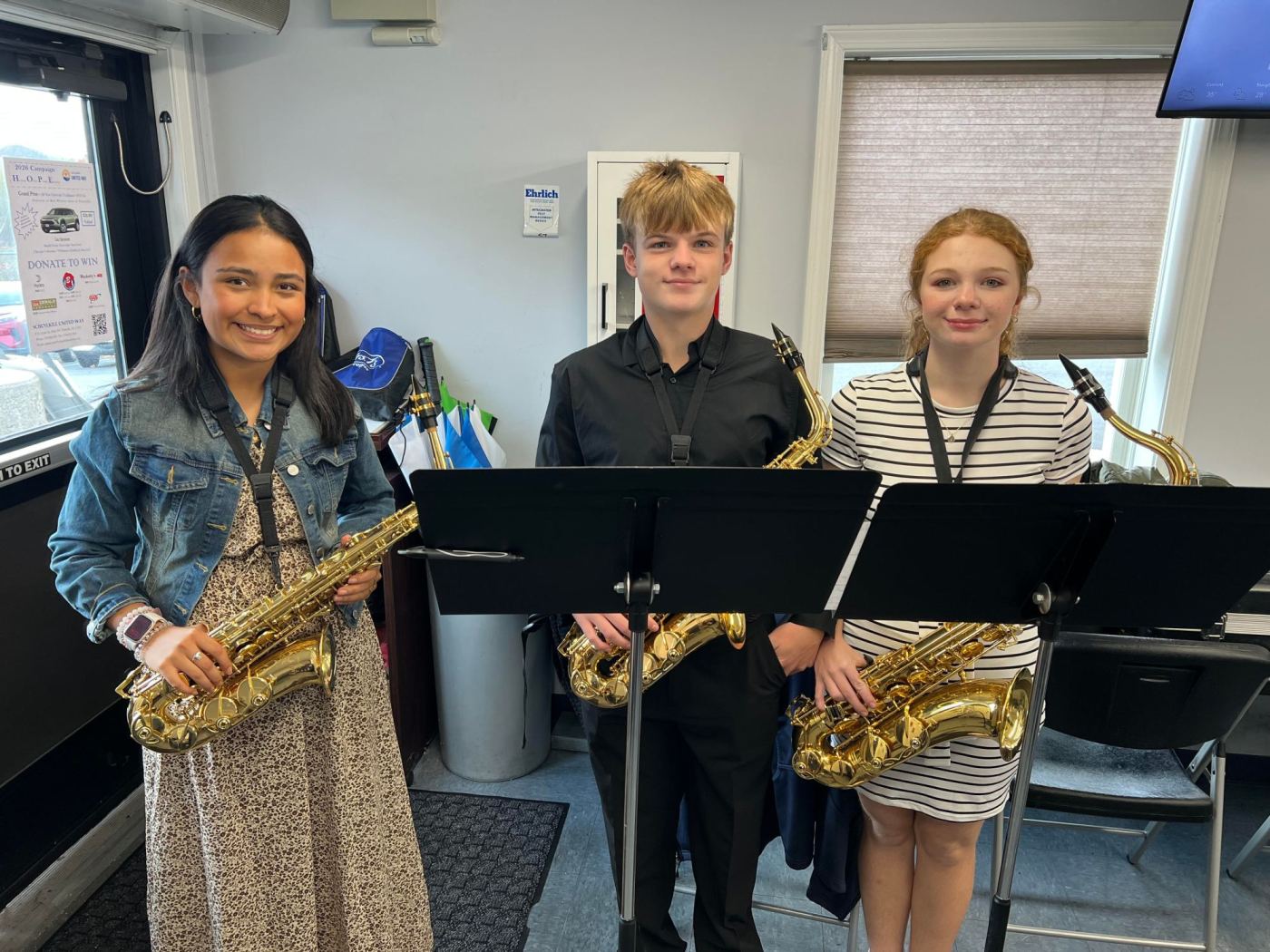Enrollment in Illinois public universities has reached a ten-year high, with total numbers hitting 189,791 students, a 2.3 percent increase from the previous year. The figures, released by the Illinois Board of Higher Education, reflect a significant rise in undergraduate enrollment, particularly among incoming freshmen, which saw an impressive increase of 6.8 percent. The growth is also notable for underrepresented student populations, including a 9.7 percent rise in Black student enrollment and an 8.3 percent increase in Latino students.
Deputy Governor Martin Torres, who oversees education policy under Governor J.B. Pritzker, attributes this surge to strategic investments and initiatives aimed at making higher education more accessible. “Students are choosing our institutions,” Torres stated, highlighting that seven out of twelve campuses experienced enrollment growth, marking a significant achievement for the state.
In recent years, Illinois has increased funding for basic operating costs at universities and community colleges. This includes enhancements to financial aid programs, such as the need-based Monetary Award Program (MAP) and the merit-based Aim High scholarship program. “I think part of the reason they’re choosing Illinois is because we’ve made it more affordable to go to college,” Torres added.
Despite the overall growth, some challenges remain. The increase in undergraduate enrollment was partially offset by declines in graduate and professional school enrollment, particularly among international students. Two smaller regional campuses, Western Illinois University in Macomb and Eastern Illinois University in Charleston, also saw a decrease in enrollment.
The University of Illinois Chicago reported the largest growth in student numbers, adding 1,967 students for a total of 35,869. In contrast, Chicago State University recorded the highest percentage increase, with an additional 241 students, marking a 10.8 percent rise. Torres credited President Z Scott of Chicago State University for effectively demonstrating the value of the institution and fostering strong ties with the business community.
The University of Illinois Urbana-Champaign, the largest campus in the state, saw an increase of 1,614 students, bringing its total enrollment to 60,848. Other institutions, including Southern Illinois University Edwardsville and Carbondale, along with Northern Illinois University, also experienced enrollment growth.
However, the overall enrollment of international students within the public university system in Illinois decreased by 6.5 percent, with a significant 14.1 percent drop among graduate and professional schools. Torres linked this decline to the immigration policies enacted during the presidency of Donald Trump, noting that these measures have made it more challenging for international students to obtain visas.
Both Western and Eastern Illinois universities have faced financial difficulties in recent years. In 2024, Western Illinois University announced the elimination of nearly 90 faculty and staff positions in response to budget pressures, while Eastern Illinois University disclosed plans to cut dozens of positions due to revenue declines linked to falling international student numbers.
Critics argue that the state’s current funding formula for higher education is inadequate. The Illinois Commission on Equitable Public University Funding proposed legislation aimed at reforming the funding structure, which currently leaves Eastern and Western Illinois universities significantly underfunded. According to estimates, Eastern Illinois University is receiving funding at only 48 percent of its adequacy target, while Western Illinois is at 46 percent.
Despite these challenges, Torres indicated that the Pritzker administration has not yet endorsed the proposed funding reform. “We haven’t taken a position on the proposal,” he stated. “The governor has been focused on increasing access to financial aid and bolstering investment in institutions, and I think we’ve seen success from there.”
In response to the enrollment data, John Miller, president of the University Professionals of Illinois Local 4100, representing around 3,000 university employees, expressed concern about the ongoing trend of students leaving Illinois for more affordable options at out-of-state universities. “This long-term brain drain is the direct result of the state’s failure to invest, and no press release can cover that up,” Miller remarked.
Overall, while the growth in enrollment at Illinois public universities is encouraging, underlying financial issues and demographic shifts point to ongoing challenges that need to be addressed to sustain this momentum in the future.







